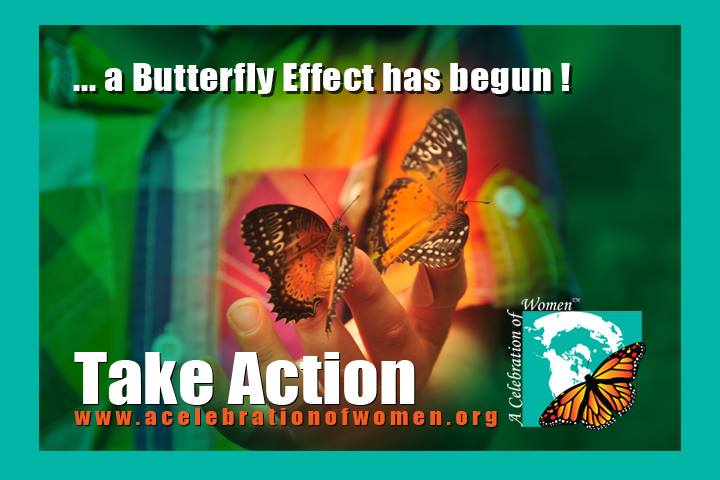Wednesday, March 20 is National Native HIV/AIDS Awareness Day (NNHAAD).
While American Indians and Alaska Natives make up 1.7% (5.2 million people) of the total US population and accounted for <1% of new HIV infections in the U.S., but have one of the shortest survival times after HIV or AIDS diagnosis of all race/ethnicity groups. According to the CDC, when population size is taken into account, American Indians and Alaska Natives ranked fifth in estimated rates of HIV/AIDS diagnosis, higher than Asians and whites. An estimated one fourth (25%) of American Indian and Alaska Natives living with HIV are unaware of their HIV status.
“On March 20 (and throughout the year), organizations around the country are using new media to educate Native Americans about HIV, to encourage HIV testing, and to help people living with HIV access care and treatment. Robert Foley, Director of the National Native AIDS Prevention Center, told us, “For NNHAAD 2013, the NNHAAD planning committee (Asian & Pacific Islander Wellness Center, CA7AE: HIV/AIDS Prevention Project – Colorado State University, Great Plains Tribal Chairmen’s Health Board, Inter Tribal Council of Arizona, Inc., and the National Native American AIDS Prevention Center ) decided to expand internet and social media presence in order to account for changing communication trends, and more importantly to tap into the ever growing number of Native Americans (youth included) that are relying upon mobile-based technologies for internet access, information, and day-to-day communication.”
Robert mentioned several new media activities to get involved with NNHAAD 2013:
- A website that houses NNAAD information, resources, contact information, and events maps . This site will serve as a year-round resource for communities and tribes.
- An NNHAAD Facebook page that allows community members to share their thoughts on the day and what they are doing locally to honor the day (it is a great way for community members to connect with each other).
- A search for the #NNHAAD hashtag earlier this month found that tweets regarding the Awareness Day were reaching 13,391 individuals.
“We hope next year to increase media presence, including a Google Hangout tour of the resources available,” Robert mentioned.
“The goal is to make each year bigger, better, and increase the reach of this important day, and social media is allowing the planning committee to do that.”
Visit www.nnhaad.org for more resources on National Native HIV/AIDS Awareness Day, March 20.
March 20 is National Native HIV/AIDS Awareness Day (NNHAAD)
March 19, 2013 by








